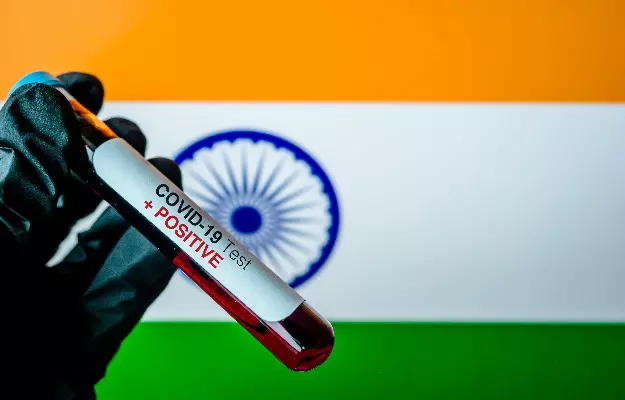In India, the number of COVID-19 patients has increased to 151. So far three people have died in the country. The government has clarified that COVID-19 is still not an 'epidemic' for India. At the same time, Indian Council of Medical Research (ICMR) recently said that the new coronavirus in India is still in the second stage of transmission. Significantly, medical experts are referring to the four stages of transmission.
Here is a quick explainer on what these four phases are and what it means to be in the second phase for India.
Stage 1 - Imported cases
In this stage, the disease comes from other countries which are already affected by it. For example, almost all cases of COVID-19 in India are related to countries like Italy, Iran, Malaysia, Thailand etc. - countries where SARS-COV-2 spread rapidly. Unfortunately, Indians travelling to these countries came in contact with the virus and returned home with it. Since symptoms of COVID-19 take a few days to appear, initially infected individuals were not detected successfully upon their return to India.
(Read more - How to make a hand sanitizer at home)
Stage 2 - Local transmission
In stage 2, the virus spreads at a highly localised level from an infected person to those close to them. These typically include family members, close relatives and friends who inadvertently come in contact with the infected person. Medical experts point out that at this stage it is not very difficult to detect new cases and their sources, because it is easy to find out where the virus came from the affected persons.
(Read more - 3rd COVID-19 related death in India)
Stage 3 - Community transmission
In this stage, the virus spreads to those who have no connection with the first and second stage patients. That is, neither have they themselves returned from a country with widespread virus transmission, nor have they came in contact with an already infected person. This is called 'community transmission', in which it becomes very difficult to detect the source of the virus. Italy and Spain, for instance, are in Stage 3 of the transmission.
Stage 4 - Epidemic
This is the most dangerous situation. In this stage, the disease takes the form of an epidemic. It simply means that it is difficult to say when and how the crisis. This stage can lead to mass casualties. To understand exactly how dangerous this stage can be, think back to the 'Spanish flu'. This epidemic - which began to spread in the last days of World War II in 1918 - affected one-third of the world's population and killed around five crore people.
(Read more - More than 7,000 deaths worldwide due to COVID-19)
Influencing India's efforts: WHO
ICMR has clearly stated that SARS-COV-2 transmission is currently in the second stage in India. That is, it is limited to people who have travelled to a country with widespread transmission, and their close ones. Hence, the government has advised people not to panic but to take all possible precautions so that stage 3 does not come to pass. Significantly, ICMR Director General Balram Bhargava recently told a newspaper that India has 30 days to prevent the coronavirus from reaching stage 3. The good thing is that India has now begun to make substantial efforts to stop transmission of the coronavirus.
Finally, do not forget to follow our live-tracker of COVID-19 cases in India











